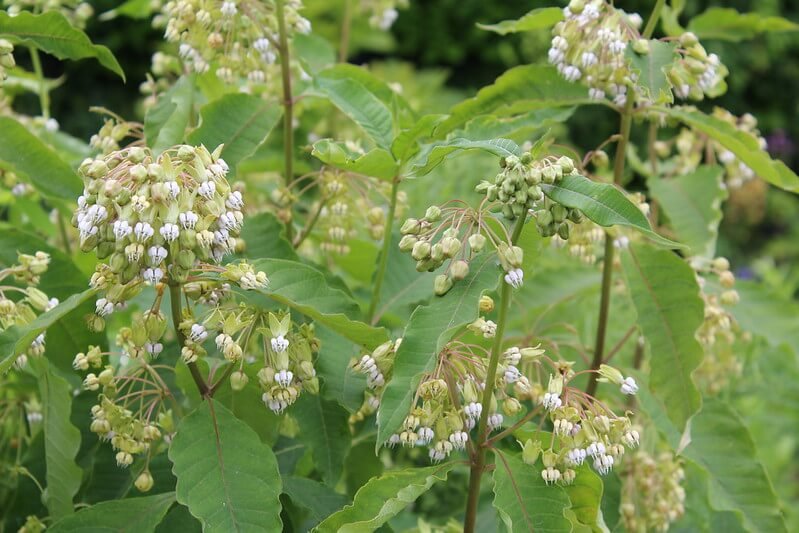Whorled Milkweed (Asclepias verticillata)
Whorled Milkweed looks a lot different than the milkweeds you may be familiar with. The white flowers attract a variety of native bees, butterflies, and skippers (illinoiswildflower.info). It is a host plant for the Monarch butterfly and 12 other species of butterflies and moths in our area (nwf.org) and it is recommended as a monarch nectar source by Xerces Society (Xerces.org). Mammals typically avoid eating this plant.
Photo credit: Joshua Mayer (1), John Blair (2)
Whorled Milkweed looks a lot different than the milkweeds you may be familiar with. The white flowers attract a variety of native bees, butterflies, and skippers (illinoiswildflower.info). It is a host plant for the Monarch butterfly and 12 other species of butterflies and moths in our area (nwf.org) and it is recommended as a monarch nectar source by Xerces Society (Xerces.org). Mammals typically avoid eating this plant.
Photo credit: Joshua Mayer (1), John Blair (2)
Whorled Milkweed looks a lot different than the milkweeds you may be familiar with. The white flowers attract a variety of native bees, butterflies, and skippers (illinoiswildflower.info). It is a host plant for the Monarch butterfly and 12 other species of butterflies and moths in our area (nwf.org) and it is recommended as a monarch nectar source by Xerces Society (Xerces.org). Mammals typically avoid eating this plant.
Photo credit: Joshua Mayer (1), John Blair (2)
Life Cycle: Perennial
Sun Exposure: Full, Partial
Soil Moisture: Medium, Medium-Dry, Dry
Height: 2 feet
Plant Spacing: 1-2 feet
Bloom Time: July - September
Bloom Color: White
Advantages: Pollinator Favorite, Bird Favorite, Deer Resistant, Recommended, but vigorous.
Host Plant: Monarch, Milkweed Tussock Moth, and 11 other species of butterflies and moths use this as a caterpillar host plant in our area (nwf.org)





